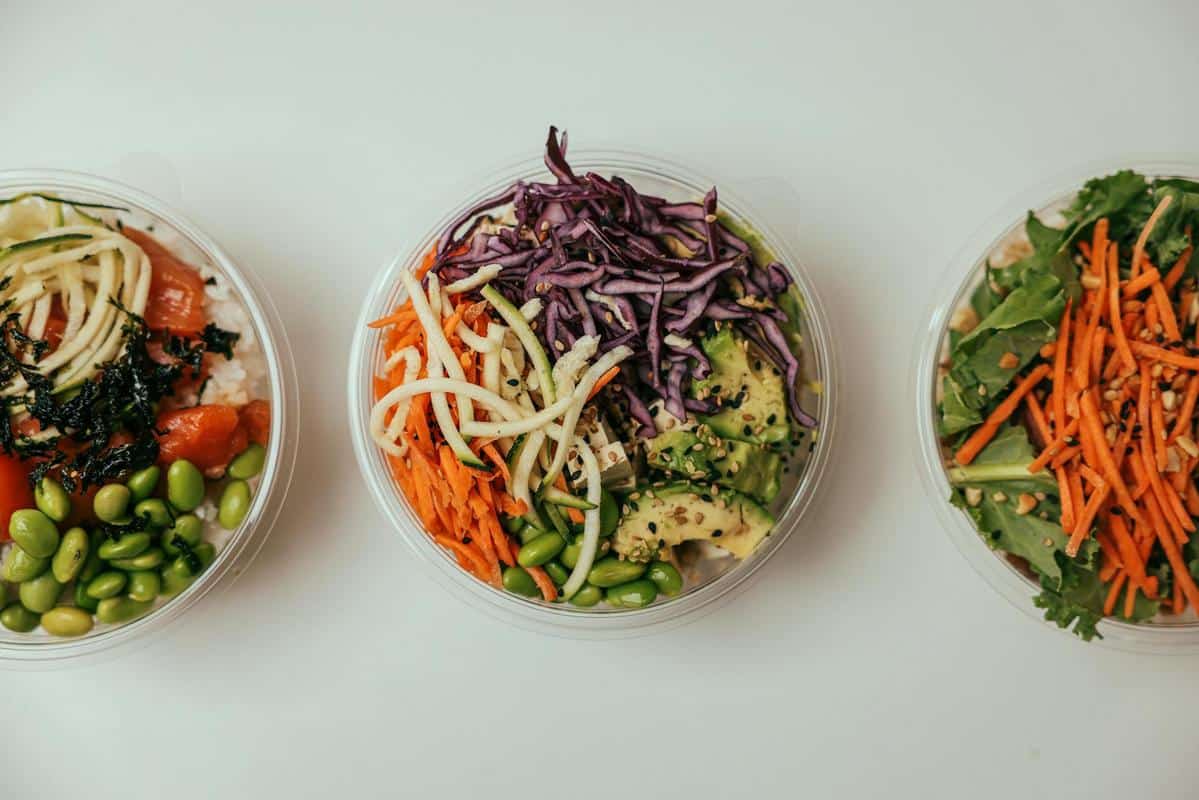
Combining Plant-Based Ingredients for Complete Proteins
Navigating the world of plant-based nutrition can be a delightful journey of discovery, especially when it comes to understanding how to combine ingredients to create complete proteins. This topic is essential for those looking to maintain a balanced and nutritious diet without animal products.
Understanding Complete Proteins in Plant-Based Diets
For individuals embracing a plant-based lifestyle, ensuring adequate protein intake is crucial. Proteins are made up of amino acids, nine of which are considered essential because our bodies cannot produce them. A complete protein contains all nine essential amino acids in sufficient quantities. While many animal products naturally provide these, plant-based eaters often need to combine different foods to achieve the same result.
Expert Insights
Dr. Michael Greger, a renowned nutrition expert, emphasizes the importance of variety in a plant-based diet, stating that “eating a diverse range of foods can help ensure you get all the essential amino acids your body needs.” This aligns with the practice of combining foods like beans and rice, which together form a complete protein.
Research Findings
Recent studies have shown that plant-based diets can provide sufficient protein when individuals consume a variety of foods. For instance, a study published in the Journal of Nutrition found that legumes, grains, seeds, and nuts, when consumed in the right combinations, can meet dietary protein needs effectively.
Practical Combinations
| Food Combination | Example Dish |
|---|---|
| Beans and Rice | Classic Rice and Beans |
| Hummus and Pita | Hummus with Whole Wheat Pita |
| Lentils and Quinoa | Lentil and Quinoa Salad |
| Peanut Butter and Bread | Peanut Butter Sandwich |
| Tofu and Brown Rice | Stir-fried Tofu with Rice |
| Chickpeas and Couscous | Chickpea Couscous Bowl |
| Black Beans and Corn | Southwest Black Bean Salad |
| Oats and Almonds | Oatmeal with Almonds |
Actionable Tips for Combining Plant-Based Proteins
- Include a variety of protein sources in every meal to cover all essential amino acids.
- Experiment with different combinations to find flavors you enjoy.
- Plan meals ahead to ensure balanced nutrition throughout the week.
FAQs
Do I need to combine proteins in every meal?
It’s not necessary to combine proteins at every meal, but aim to include a variety of plant-based proteins throughout the day.
Can I get enough protein on a plant-based diet?
Yes, by consuming a variety of plant-based foods, you can meet your protein needs.
What are some easy ways to get complete proteins?
Try adding legumes to your grains, like lentils with rice, or nuts with oats for easy complete protein meals.
Conclusion: Embrace Variety for Balanced Nutrition
By understanding how to combine plant-based ingredients, you can create delicious meals that provide all the essential amino acids your body needs. Embrace the diversity of plant-based foods and experiment with different combinations to keep your diet both nutritious and exciting. For more information, explore resources like The Physicians Committee for Responsible Medicine or NutritionFacts.org to further support your plant-based journey.


